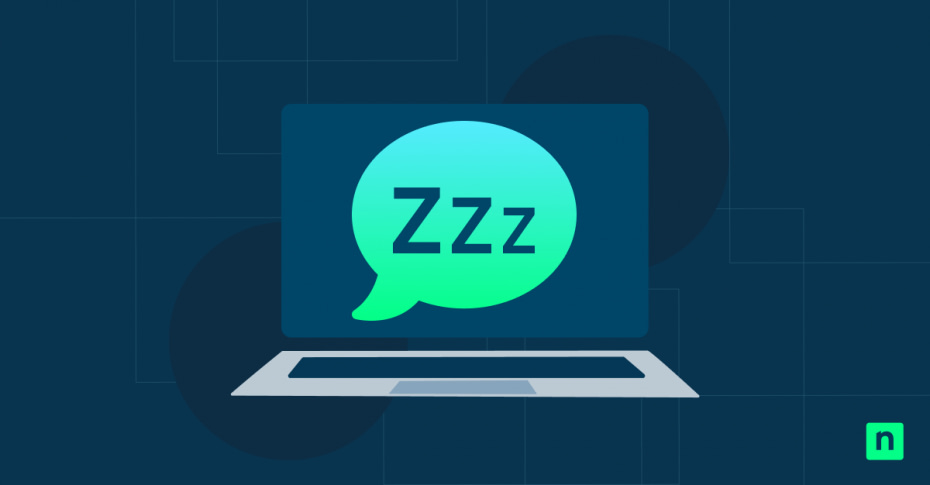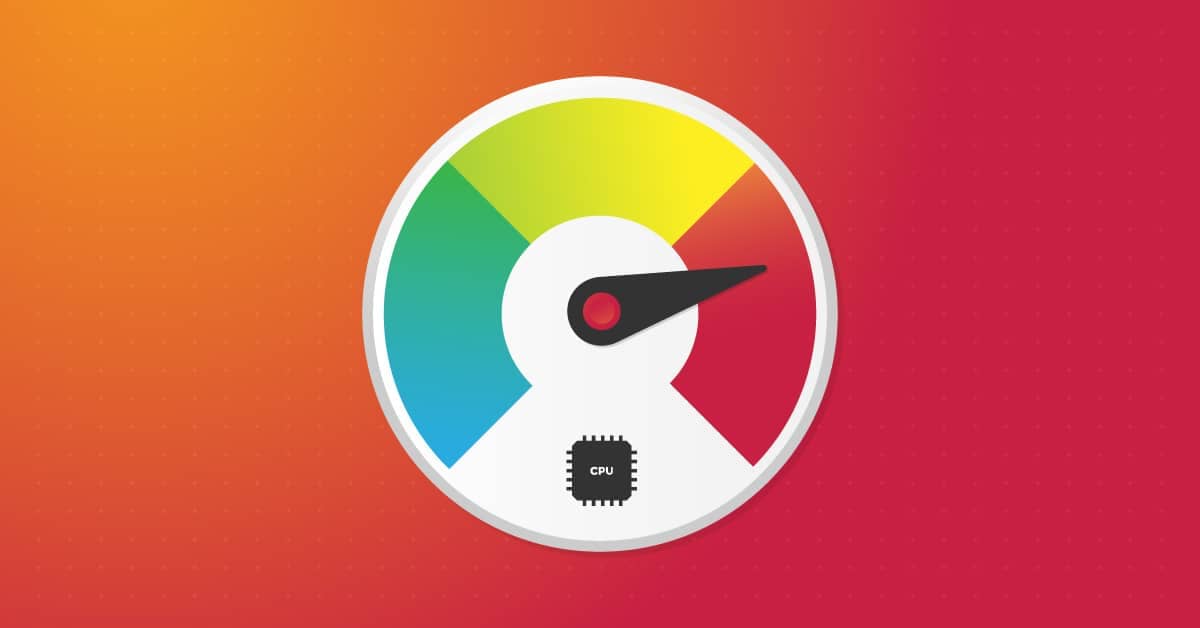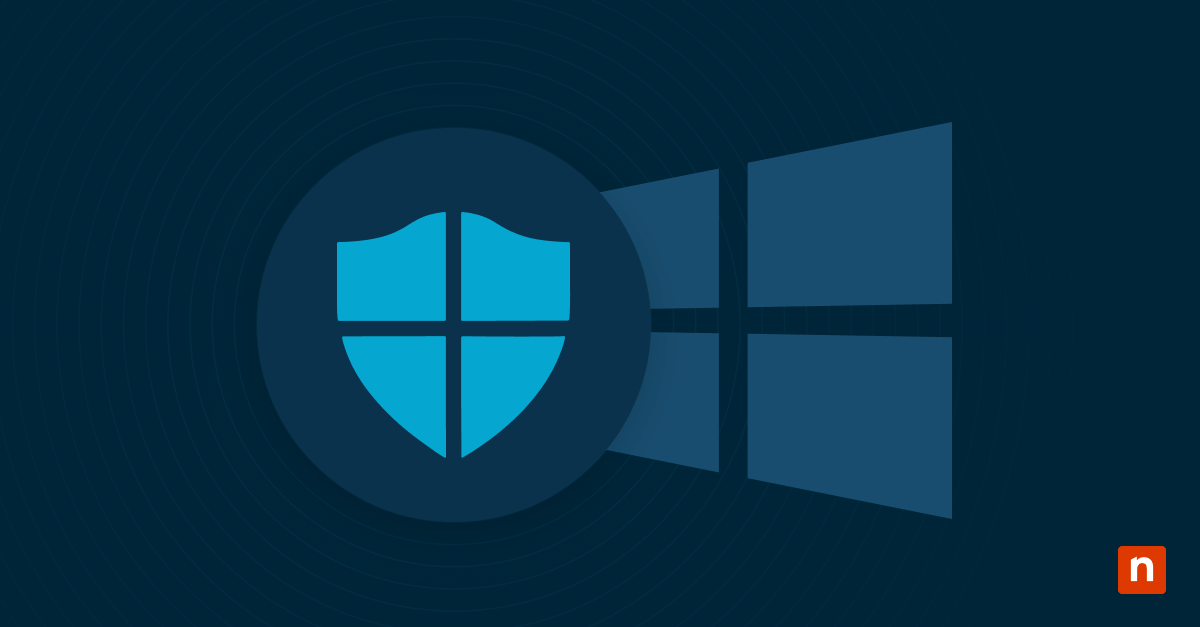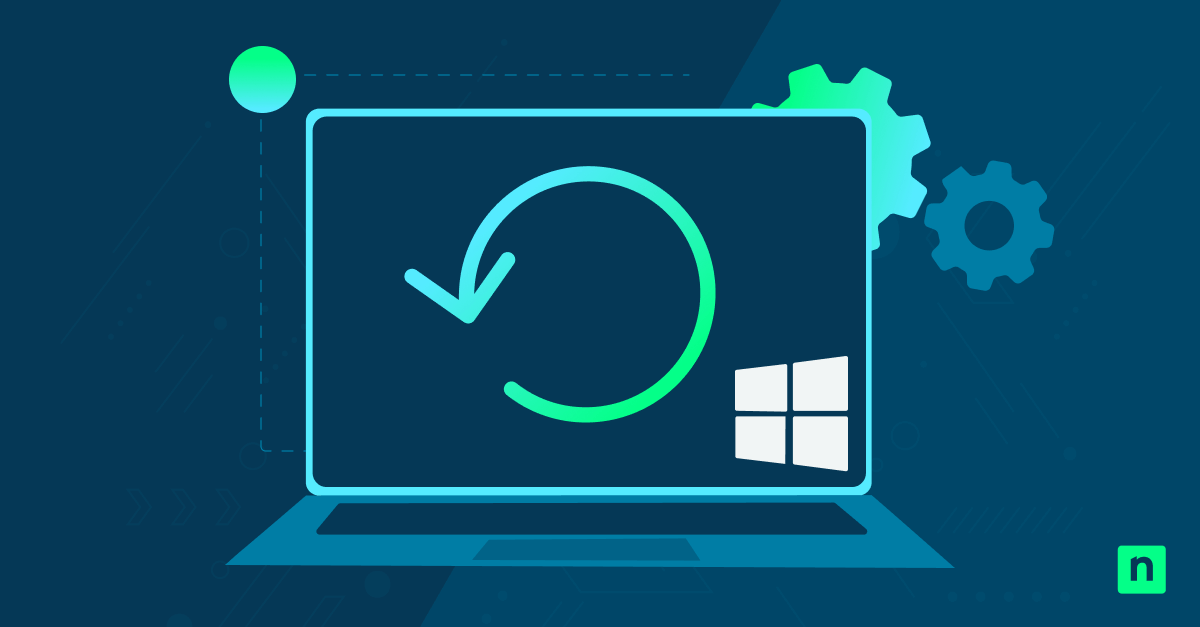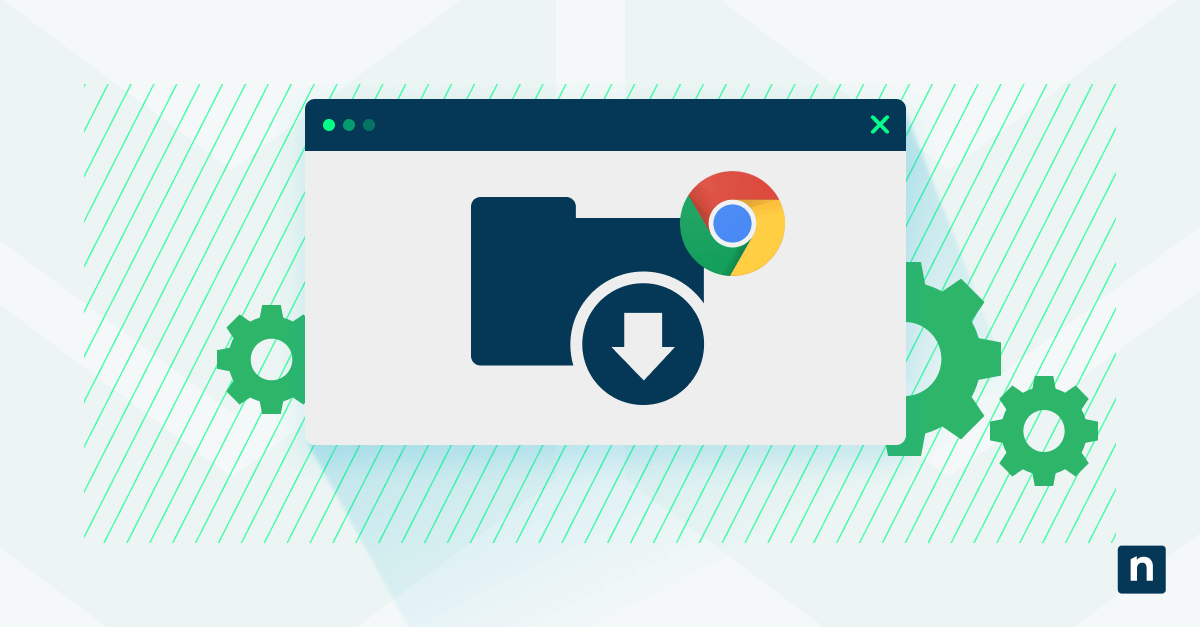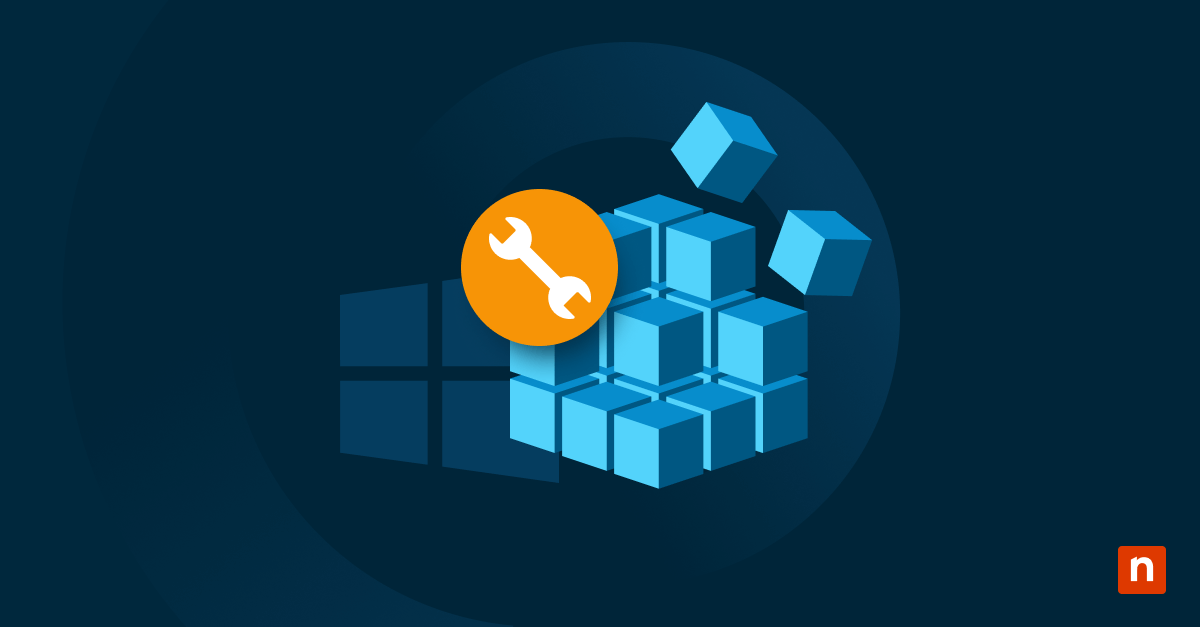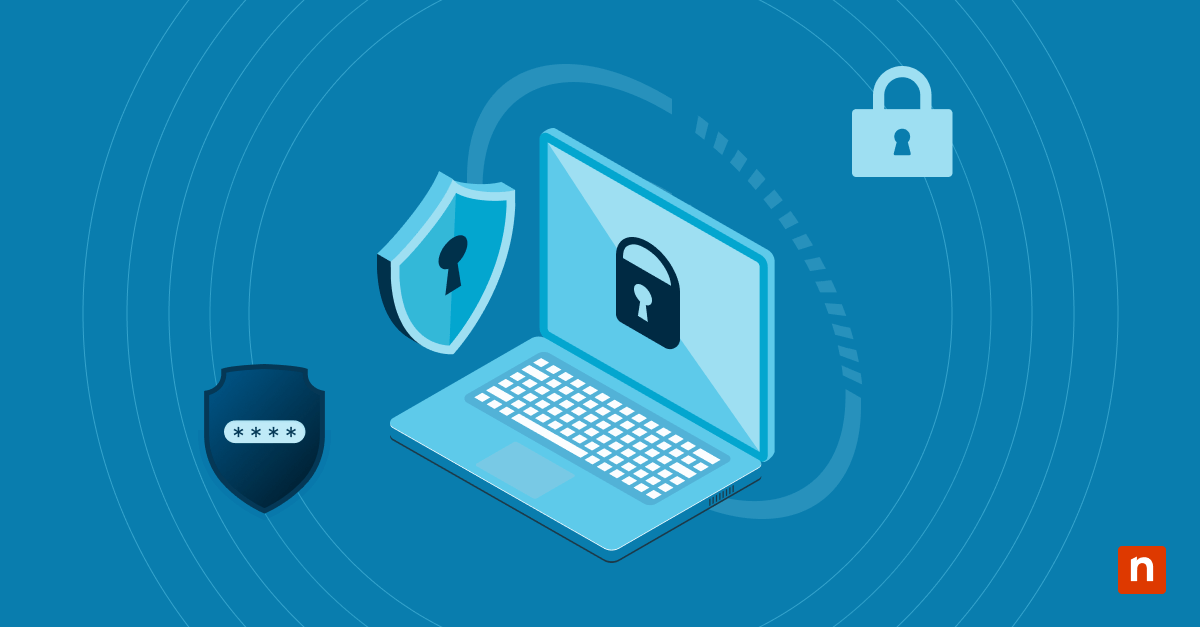Learn how to see devices that can wake your computer. Diagnosing what triggers your system to wake from sleep in Windows 10 requires understanding both event logs and command-line tools. Whether you need to check what woke up your PC or investigate recurring wake events, Windows provides multiple diagnostic paths to identify these wake sources.
Windows wake event logging
When Windows exits sleep mode, it meticulously records the trigger source, creating a comprehensive trail of system behavior that helps you maintain control over your environment. Let’s look at where and how Windows stores this wake data.
Where Windows stores wake data
The Windows Event Viewer gives you access to detailed records of every system wake trigger. The System event log specifically tracks these events under Event ID 1, with the source labeled “Power-Troubleshooter.”
In addition, Windows generates power efficiency diagnostics that capture historical wake patterns in detailed HTML reports. These reports provide deeper insights into system behavior and power state transitions.
Types of wake triggers
When you check what woke up your PC, you’ll encounter several distinct wake signatures in your system logs. Network adapters often initiate wake events through magic packets or pattern matches, while USB devices can trigger system wake through input signals or state changes.
Critical wake triggers to monitor include:
- System timer expirations from scheduled maintenance tasks.
- Driver-initiated wake requests that may indicate software issues.
- Application-triggered wake calls requiring investigation.
- Power policy transitions affecting system availability.
System event classifications
Windows categorizes wake from sleep events so you can quickly identify and resolve wake-related issues. Your system maintains detailed logs of service wake events, user-initiated triggers and automated maintenance cycles.
Wake history retention periods
By default, Windows preserves wake event history based on configurable retention policies. Through Group Policy or local system settings, you can fine-tune these retention periods to match their diagnostic requirements. This balance between historical data preservation and storage efficiency gives you access to wake event data when needed.
How to check what woke up my PC using built-in tools
Need to know how to check “what woke up my PC”? Windows 10 provides powerful built-in diagnostic tools that reveal precisely what triggers your system’s wake events. By combining command-line utilities with system logs, you can build a complete picture of your computer’s wake behavior.
Using command prompt diagnostics
The command prompt offers direct access to wake event data through the PowerCFG utility. Open Command Prompt as an administrator and type powercfg /lastwake to see the most recent wake source. For a comprehensive view of all wake-capable devices, use powercfg /devicequery wake_armed.
Advanced system administrators can leverage these essential PowerCFG commands:
- powercfg /waketimers displays all active wake timers
- powercfg /sleepstudy reveals patterns in sleep transitions
- powercfg /requests shows active power requests
Reading system event logs
Event Viewer maintains a chronological record of wake events under Windows Logs > System. Filter for Event ID 1 to check what woke up your PC throughout its operational history. Each log entry provides timestamp data, wake source details and system state information.
Interpreting power reports
When Windows wake from sleep events require deeper analysis, generate an HTML power report using powercfg /systempowerreport. This report provides visual representations of wake patterns and energy consumption, helping identify trends in system behavior.
Understanding wake timestamps
Wake timestamps help correlate system events with specific triggers, creating a timeline of wake behavior. Compare these timestamps against scheduled tasks and system maintenance windows to identify unauthorized wake events.
Investigating windows wake from sleep sources
Tracking down persistent wake triggers and understanding the relationship between network activity, peripheral devices and scheduled operations is helpful when managing your wake settings.
Identify network wake events
Network adapters often trigger a system wake through various mechanisms. Windows logs these events with detailed packet information, helping administrators distinguish between legitimate wake-on-LAN requests and potential network disturbances.
Critical network wake indicators include:
- Magic packet signatures that match authorized management stations.
- Pattern match filters from designated subnets.
- Broadcast wake requests requiring investigation.
- Protocol-specific wake triggers.
- Network card power state transitions.
Track peripheral triggers
USB devices and other peripherals can initiate unexpected wake events. Check what woke up your PC by examining the device instance path recorded in Event Viewer. This information reveals whether keyboards, mice or other connected devices triggered the wake state.
Monitor scheduled tasks
Task Scheduler maintains detailed records of automated wake triggers. Analyze these entries to identify tasks that might conflict with power management policies:
- System maintenance windows
- Backup operations
- Update schedules
- Application maintenance
- Security scans
Analyze driver wake patterns
Driver behavior significantly impacts system wake patterns. Windows records driver-initiated wake requests in the System event log, providing crucial details about timing and frequency. Compare these patterns against your baseline measurements to identify potential driver issues requiring attention.
Modern drivers include sophisticated power management features that can sometimes conflict with your system-wide power policies. Regularly analyze your driver wake behavior to prevent unnecessary wake events.
Implementing wake source monitoring at scale
Organizations managing hundreds or thousands of endpoints need sophisticated monitoring solutions that provide clear visibility into wake patterns. While individual system diagnostics help troubleshoot specific issues, enterprise-scale wake monitoring is more comprehensive and integrates with existing management tools.
Deploy monitoring solutions
Centralized monitoring platforms integrate directly with Windows event channels, giving you real-time analysis of wake triggers across your network. With this solution, you can identify unauthorized wake patterns before they impact system availability or energy consumption.
You can accomplish this by configuring advanced monitoring to track wake events against defined baselines and filter out routine maintenance activities. By doing this, you can reduce alert fatigue and focus on wake pattern changes that need immediate attention.
Create wake event alerts
Design an alert framework that distinguishes between expected wake activities and potential issues. Focus on key indicators that might signal configuration drift or security concerns:
- Unexpected wake patterns during defined quiet periods.
- Multiple wake attempts from unauthorized sources.
- Wake events that conflict with power management policies.
- Sudden changes in wake frequency or timing.
Manage diagnostic data
Enterprise environments generate substantial diagnostic data that requires structured management. Implement a centralized logging strategy that balances retention requirements with storage efficiency while ensuring easy access to historical wake patterns for trend analysis.
Establish reporting procedures
Convert wake event data into actionable insights through customized reporting. Focus on metrics that drive system optimization:
- Wake pattern trends across device groups
- Power management policy compliance rates
- Impact analysis of wake events on system availability
By implementing comprehensive monitoring at scale, you’ll maintain optimal performance while preventing unauthorized wake events from disrupting your operations.
Take control of your wake events
Understanding and managing wake events across your Windows infrastructure shouldn’t require constant monitoring or manual intervention. As we’ve explored, Windows provides powerful built-in tools to check what woke up your PC and investigate wake from sleep behaviors – but enterprise environments demand more.
Streamline your system management with NinjaOne’s remote management platform. Advanced wake pattern analysis and automated alerts will help you manage Windows power states across your entire device fleet. Start your free trial of NinjaOne today and discover how automated wake management can enhance your IT operations while reducing support overhead.

